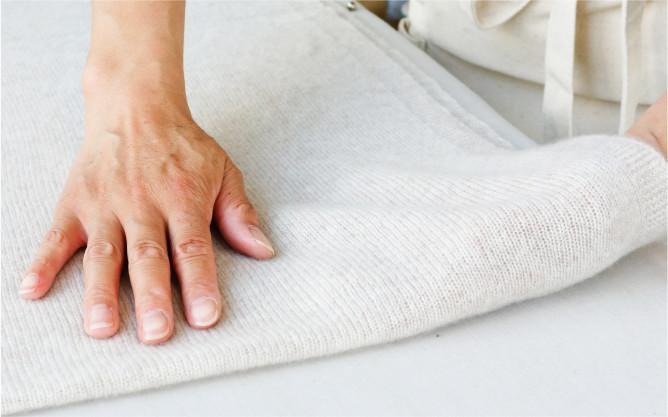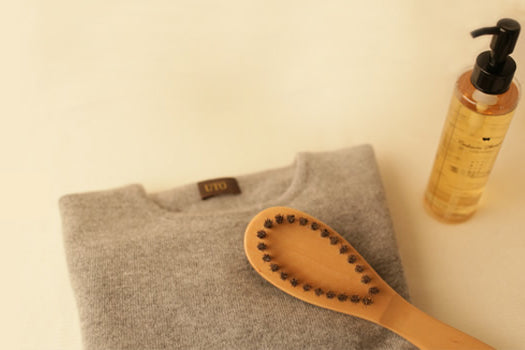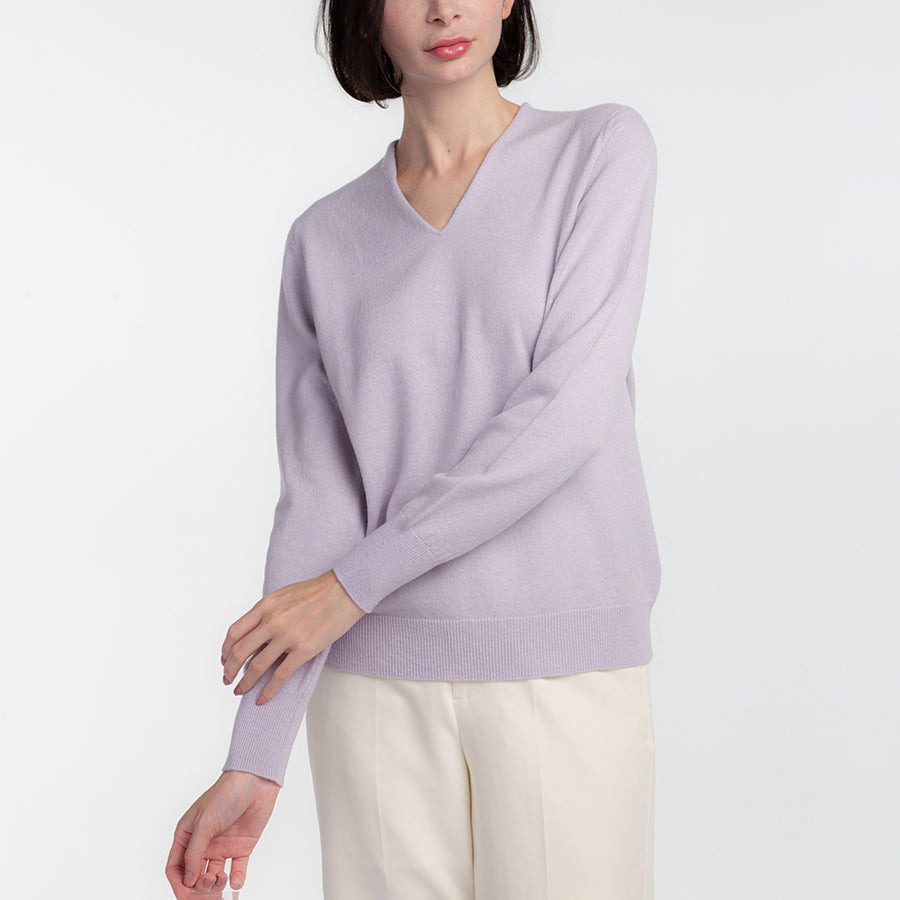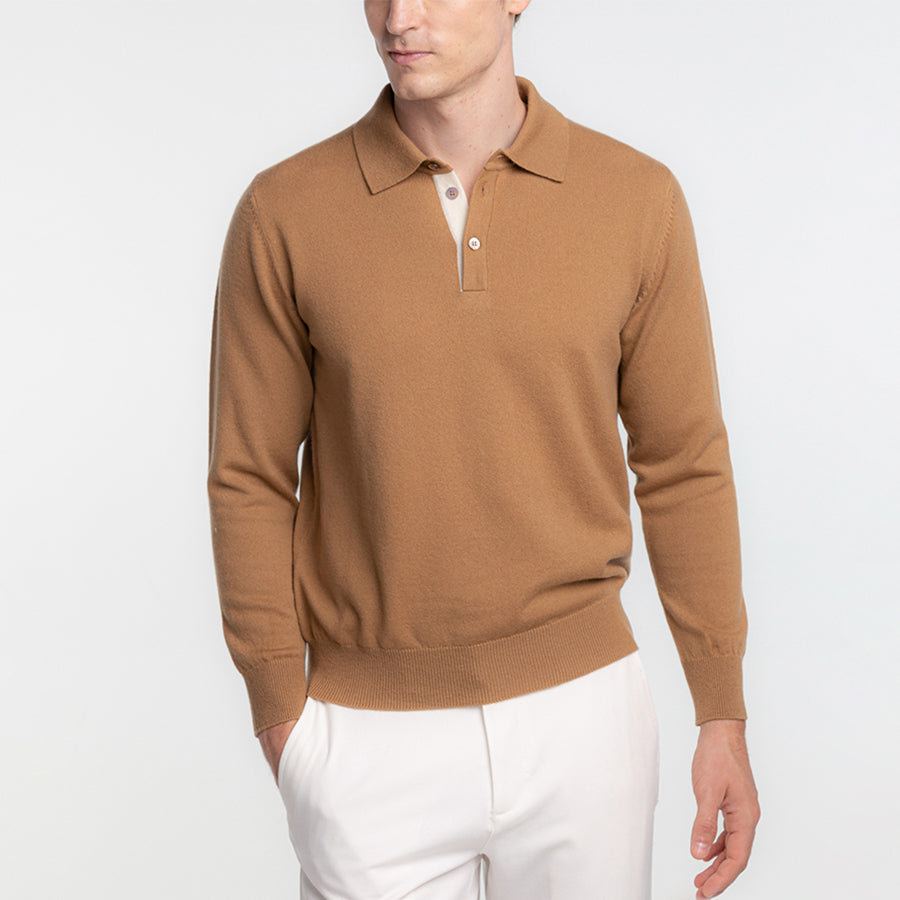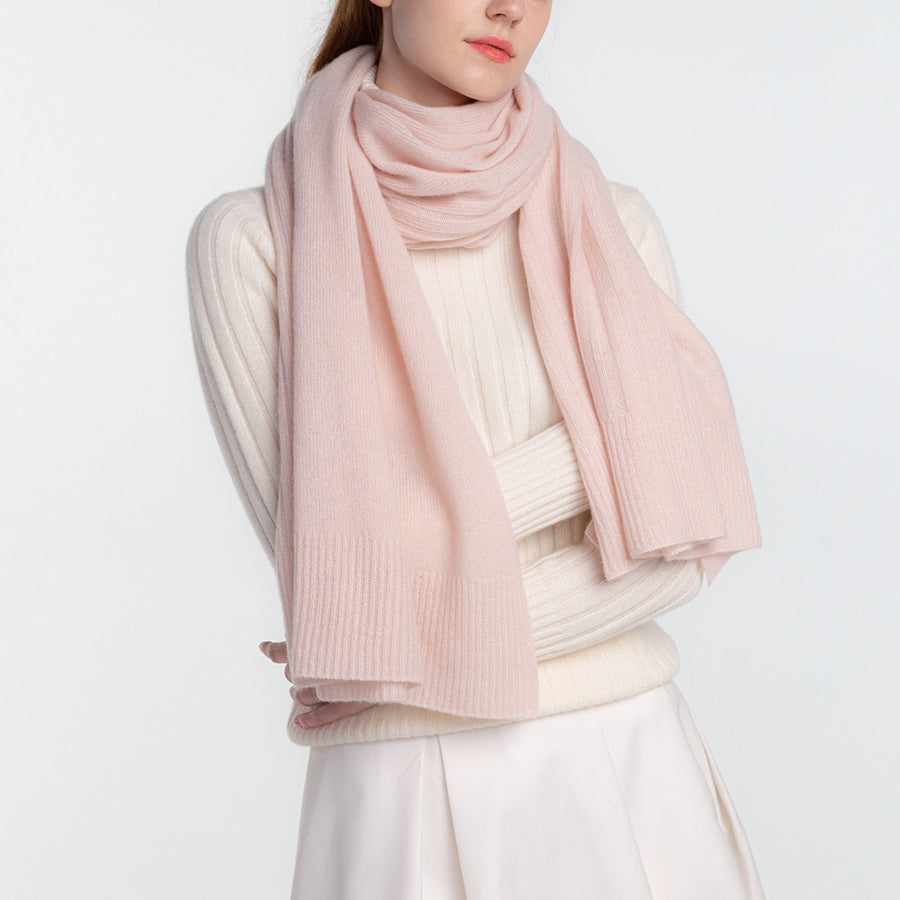What is cashmere? Features, grades, etc.
We will explain in detail the basics of cashmere, such as ``What kind of animal hair is cashmere?'' ``Cashmere is expensive, but why?''
What kind of animal hair is cashmere made from? How is it different from other wools?
Some people think that cashmere is a type of sheep, but cashmere is not a sheep at all, but a goat called the cashmere goat .
The main sources of raw cashmere are Asian countries such as China, Mongolia, Iran, Afghanistan, and Russia . Even in these countries, they live in harsh climate conditions, with extremely cold winters of -30 degrees Celsius or less, and extremely hot summers of over 30 degrees Celsius .

It is said that in the past, people in Europe brought cashmere goats back home to raise them in large numbers. However, in Europe, where the climate is much milder than in the country of origin, it seems that almost no fine, soft downy hair grows.
That light and soft downy wool of cashmere was a special gift given to cashmere by God to protect us from the harsh climate.

Why is cashmere so warm?
The charm of cashmere is its warmth, fluffy softness, and lightness.
Why is cashmere so light, fluffy, soft, and warm?
To stay warm, we need to ``prevent the cold air outside from taking away our heat'' and ``keep our body heat from escaping.'' The clothes we wear play this role. Clothes naturally need to block heat from the outside air and protect the skin from damage, but they also need to have a variety of functions, such as being easy to move in, being lightweight, and allowing a moderate amount of heat exchange. The item with the highest overall rating will be considered ``comfortable''.
The role of keeping clothes warm is actually "air."
When air moves (like the wind), it causes the heat from your skin to evaporate, making you feel cold, but stationary air has a high insulation effect. This is called low thermal conductivity.

Think of "double glazing". Double-glazed windows have air between the glass windows. What if the double-glazed windows were made of glass of the same thickness? Although they are durable, they do not provide as much insulation as double-glazed windows because they allow the heat and cold from outside to pass through.
The best insulation for double glazed windows is air. The biggest challenge in making clothes feel warm is how to store air, which has low thermal conductivity.
Most clothing is made by weaving or knitting yarn.
The threads are made from a variety of materials, including cotton and hemp from plants, animal hair (wool), insect cocoons (silk), and synthetic and chemical fibers.
Each type has its own characteristics and is used depending on its purpose, but the threads are made by bundling and twisting raw materials such as cotton or wool.
If the thread is the same thickness , the thinner the cotton or wool fibers are, the more air it can hold .

Wool (cashmere) products are products made from yarn made from animal hair.
Humans have made clothing by spinning threads using the hair of various animals such as sheep, angora, camel, alpaca, and mohair, but cashmere hair is generally the best among the animal hairs available in the world. It's thin .
| kinds | Fiber thinness (micron) |
| vicuna | Approximately 10-14 |
| cashmere | Approximately 14-18 |
| silk | Approximately 19 to 50 |
| mohair | Approximately 30-50 |
| common wool | Approximately 18-50 |
| human hair | Approximately 50-70 |
Being thin naturally means being light, soft, and delicate .
Vicuna and Chiru are wool animals that have finer hair than cashmere. Vicunas live wild in the highlands of the Andes and are generally not sold commercially except through special channels, which is why cashmere can be said to be the thinnest.
The thickness of cashmere fibers is approximately 13.5 microns (1 micron is 1/1000 mm) to 16.5 microns. Mohair is about 34 to 40 microns, and most wool is around 20 microns, so you can see how thin cashmere is.
These thin, soft fibers hold a lot of air, wrapping us in warmth.

Why are cashmere products so expensive?
Cashmere goat hair is divided into two types .
One is the long, stiff bristles that cover the surface called " hair ." Another thing is the " downy hair " that lies on the inside of coarse hair.
This downy hair is very fine and elastic, and is used for sweaters and clothing.
The only way to harvest downy hair is to comb it out with a rake-like comb, which takes a lot of time and effort.
Collect the combed hair and remove sand, dirt, and hard hair.

After that, only the fine downy hair is sorted out, and in the end, only around 100 grams can be harvested from each cow. It is said that it takes the downy hair of two to three animals to make one sweater.
Cashmere is extremely valuable, and collecting it is not cut with clippers, but carefully combed, which is very time-consuming.

Why are the prices different for the same 100% cashmere?
Cashmere can range from pin to fine depending on the grade of the hair, and is divided into grades based on color, length, thickness, etc. Of course, there is a considerable difference in price, with high-quality cashmere being about 10 times more expensive than wool.
The highest grades are purchased in Europe, America, and Japan. Particularly well-known brands buy these grades of raw wool, and of course UTO's cashmere is among them.

(UTO's cashmere is " Alasen ")

At the beginning of the 2008 fall season, there was an error in the display of the cashmere blend, which caused an uproar in newspapers and television.
Cashmere is a more expensive raw material than ordinary wool, so even a slight difference in the blending ratio can have a big impact on the cost, so there is no shortage of people trying to make a profit by cheating on the blending ratio.
It seems that there are some scams where the sample is real but when you receive the product it turns out to be a fake, so you should never skimp on checking.
Before a cashmere product is made, it has to go through many people and companies. Raw cashmere wool cannot be obtained in Japan, so spinning companies inspect the blend ratio of raw wool each time they import it, either in-house or at a public inspection agency.
Of course, those who are exporting also conduct inspections to prevent foreign objects from entering the product before exporting. If it is possible to mix different materials, the only opportunity is when they are in the ``cotton'' state. It is important to inspect the raw hair.
Even with such strict inspections, sometimes the rope binding the raw wool breaks and the fibers from that rope get mixed in, resulting in a test result of 99.9%, but it is possible that more than 1% of foreign matter has been mixed in unintentionally. That's impossible.
In order to prepare for unforeseen circumstances, by law, cashmere that is 97% wool and up to 3% wool is allowed to be labeled as 100% cashmere, but if you go through the proper route, it is highly unlikely that 3% foreign matter will be mixed in.

The Hair Products Inspection Association, known as ``Keken,'' is an organization that prevents mislabeling of raw materials and products imported from overseas so that consumers receive products that match the labeling.
It costs a lot of money to have this test done, but for your own protection, it is important to have it properly tested and certified at UTO.


